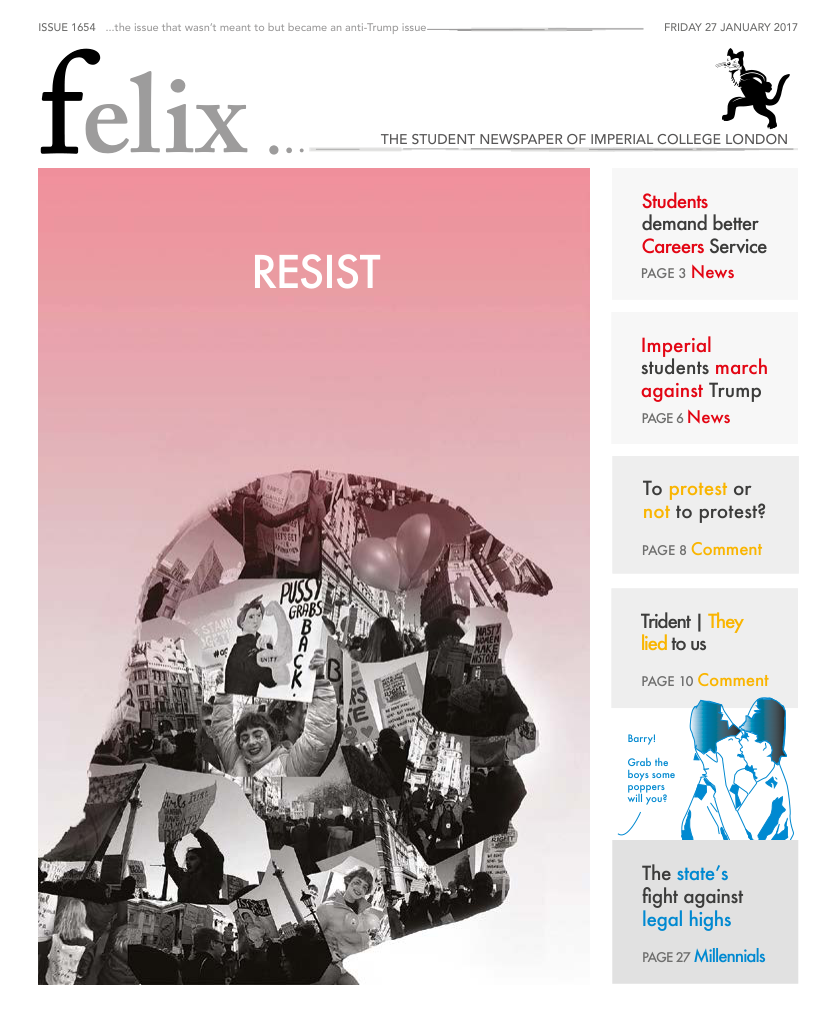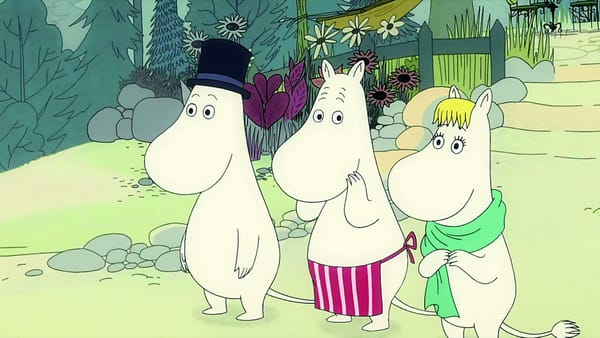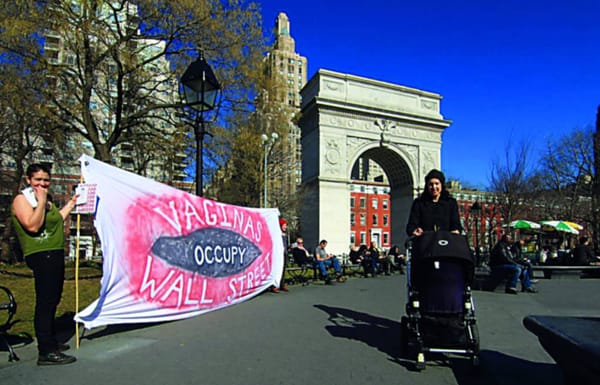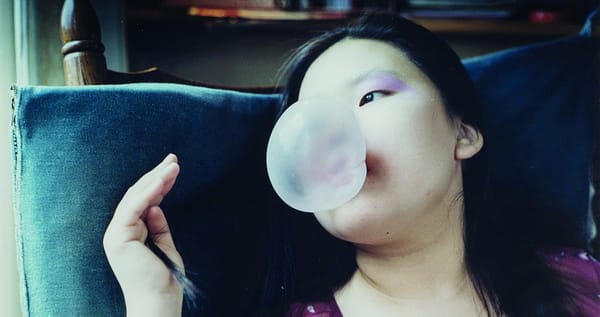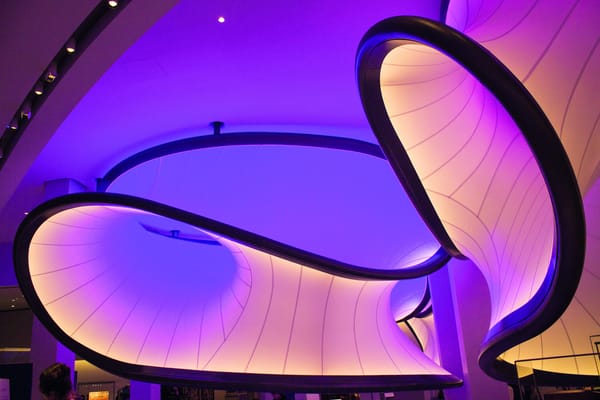Terrains of the Body is a bold but beguiling show
Terrains of the Body is on at the Whitechapel Gallery until 16th April 2017 Free entry
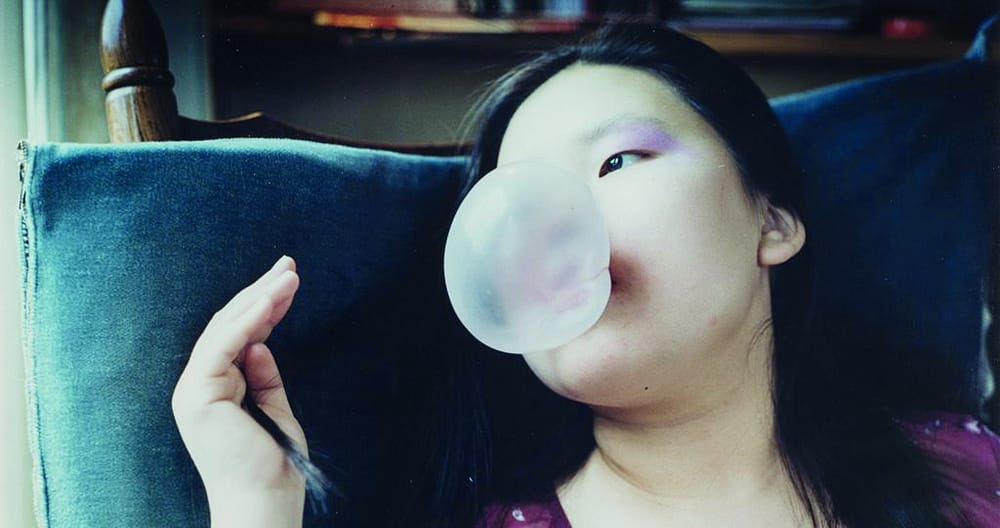
Hellen van Meene’s works combine this unsteady storyline with a heady mix of sensual textures and colours. Her works are celebrations of surface, with Vermeer-light like dappling across her subjects, bringing an incredible sense of tactility. Janaina Tschape’s work shares this obsession with tone, and both her and van Meene’s works are reminiscent of Francesca Woodman’s haunting self-portraits, albeit with less of an emotional punch.
For other artists, photography can be an opportunity to examine the structures present within the art world itself as an institution. Kirsten Justesen’s piece, which draws on her previous work in the feminist art movement, sees the artist herself transformed into a work, as she climbs into a display case of small statuary. Justesen, who trained as a sculptor, is simultaneously the creator of art and a work of art itself; she both represents and is represented. Justesen is no doubt aware – as the Guerrilla Girls point out – that many galleries would much rather hang images of women on their walls than works by actual women. In a similar theme, as part of her Räumer series, Candida Höfer shows the empty hall of the Palazzo Zenobio in Venice, but retains a reflection of herself in a mirror, making her presence fully known.
One of the highlights of this show is the multiplicity of voices on display. The name of the show itself reflects the multiple domains within the works: ‘terrain’ can be a representation of nature, tracing the lineage of the ‘earth mother’ iconography; but it also links in with power, asking who has the right to define what constitutes a certain territory.
But while multiple meanings can be a great thing to experience, the exhibition is let down by the lack of explanatory context for many of the works. This is most obviously a problem in Marina Abramović’s piece, The Hero: originally a video-work dedicated to her father, which featured her singing the Yugoslavian national anthem from the time of General Tito, in this exhibition it is only a still, meaning we miss out on the full power of the original. Similarly, Nikki S. Lee’s pieces, from her series Projects, depict her immersing herself in different American subcultures until she is accepted – like Cindy Sherman gone method actor – but the audience is never made aware of this.
Throughout Terrains of the Body there are moments of clarity, where everything begins to come together, but these are too often interrupted with pieces whose lack of contextual information distorts their meaning and lessens their impact. If you want to get the most of this strange terrain, I’d suggest bringing your own map.
While multiple meanings can be a great thing to experience, the exhibition is let down by the lack of explanatory context for many of the works
J ohn Berger once wrote, 'A woman must continually watch herself,’ The writer and critic who died earlier this month continued, ‘she is almost continually accompanied by her own image of herself.’ There is never a situation where Berger’s words don’t shed light on complex ideas, but these lines have heightened relevance in regards to Terrains of the Body, a collection of photographs from the National Gallery of Women in the Arts, currently being shown at the Whitechapel Gallery.
The show – deliberately taking place opposite a Guerrilla Girls exhibit highlighting the lack of women in the arts – attempts to pack a legion of narratives within a small space, connecting works from 17 artists working across five continents. The linking thread is that all works attempt to deal with how women photographers deal with the female form in their work.
In some works, this is crystal clear: Nan Goldin’s piece from The Ballad of Sexual Dependency, which charted her life in New York of the early 1980s, perfectly captures the heady combination of celebration and tragedy which defines her work. Similarly, Rineke Dijkstra’s photos are taken from her Beach Portraits series, which show teens posing on a beach; Dijkstra's work speaks of the awkward transition point between child and adult at which the subject is placed.
In Anna Gaskell’s masterful work, Eraser – a highlight of the show, and the only video-work on display – a number of schoolgirls tell the story of her own mother’s death in a car accident. Throughout the video, the narrative voice changes, through first, second, and third person, until the boundary between performer and audience, surveyor and surveyed, is completely distorted. This blurring of voices mirrors Gaskell’s photographic work: entitled Untitled #104 (A Short Story of Happenstance). The image shows a woman’s legs, sticking up and juxtaposed against a backdrop of woodland trees; the implication is that something has gone horribly wrong, but the viewer is caught in the middle of the story, left unsure about what is happening or why. Interrupted narratives are further explored in Justine Kurland’s unsettling works. One shows pregnant women and young children frolicking by a waterfall, while the other features two girls lying on a raft, being dragged by a third, possibly into the sea. These images present the female form in a way that denies the viewer the satisfaction of a complete narrative.


